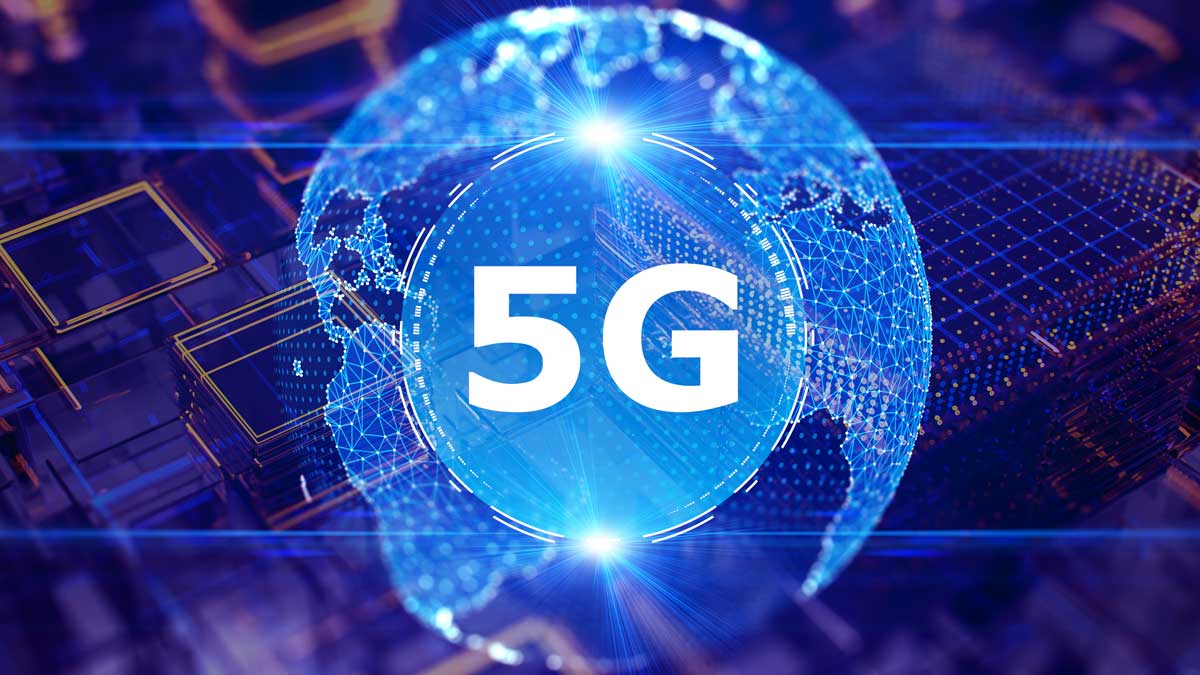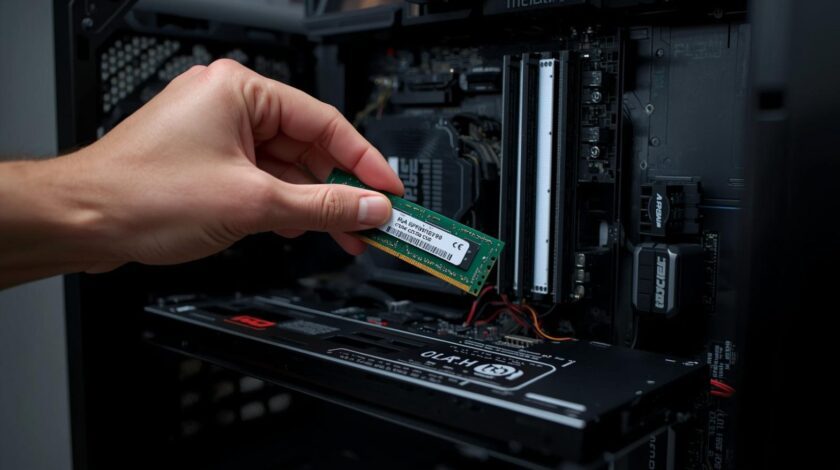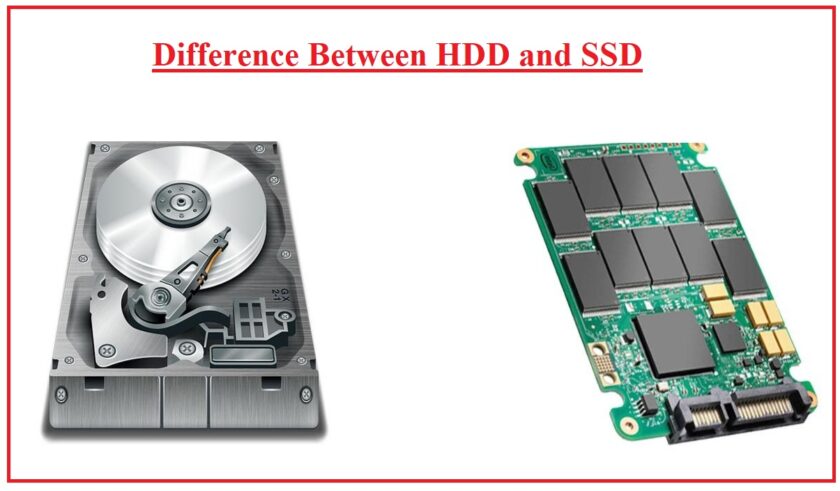5G in healthcare is set to revolutionize the industry by improving the efficiency, accessibility, and quality of medical services. The technology’s high-speed connectivity, ultra-low latency, and increased capacity enable real-time communication, remote procedures, and advanced medical solutions that were not feasible with previous generations of wireless networks.
Here’s how 5G is transforming healthcare:
1. Telemedicine and Remote Care
- What It Is: Telemedicine allows patients to consult with doctors via video calls, eliminating the need for physical visits to healthcare facilities.
- How 5G Helps: With 5G’s high-speed and low-latency capabilities, telemedicine becomes more reliable and enables high-definition video consultations. Doctors can interact with patients remotely in real time, providing diagnoses, treatments, and follow-up care, regardless of geographical location.
- Impact: This enhances access to healthcare, especially for patients in rural or underserved areas, and reduces the burden on healthcare facilities.
2. Remote Surgery (Telesurgery)
- What It Is: Remote surgery involves performing surgical procedures via robotic systems that are controlled by surgeons in different locations.
- How 5G Helps: The ultra-low latency of 5G (as low as 1 millisecond) ensures that real-time control of surgical robots is possible, without delays. Surgeons can perform precise operations from miles away, collaborating with local teams in real-time.
- Impact: Telesurgery expands access to specialized care, making it possible for patients in remote areas to receive life-saving procedures from top surgeons without traveling.
3. Real-Time Health Monitoring
- What It Is: Wearable devices and health sensors can monitor vital signs like heart rate, blood pressure, and glucose levels in real time.
- How 5G Helps: 5G enables real-time data transmission from wearable devices to healthcare providers, allowing continuous monitoring of patients’ conditions. Alerts can be sent immediately if any abnormalities are detected, enabling timely interventions.
- Impact: This continuous monitoring improves chronic disease management, helps prevent complications, and reduces the need for frequent hospital visits.
4. Enhanced Medical Imaging and Diagnostics
- What It Is: Medical imaging techniques, such as MRIs and CT scans, generate large volumes of data that require advanced processing and analysis.
- How 5G Helps: With its high bandwidth, 5G enables faster transmission and analysis of large medical imaging files. This allows healthcare providers to access and share diagnostic images and results in real-time, improving decision-making and reducing diagnosis time.
- Impact: Faster diagnostics lead to quicker treatments, reducing patient waiting times and improving overall care quality.
5. Improved Emergency Response
- What It Is: Emergency medical services (EMS) rely on timely information to make critical decisions during transport and at the scene of an emergency.
- How 5G Helps: 5G can provide paramedics and emergency responders with real-time data feeds, allowing them to communicate with hospitals during transit. Live video streaming, patient data transmission, and remote guidance from doctors help paramedics prepare the hospital for patient arrival.
- Impact: Faster, more informed decisions lead to better outcomes in emergencies, improving survival rates and reducing treatment delays.
6. Augmented and Virtual Reality in Medical Training
- What It Is: Augmented reality (AR) and virtual reality (VR) technologies can create immersive training environments for medical professionals.
- How 5G Helps: 5G’s low latency ensures that VR and AR applications work seamlessly, allowing medical students and professionals to practice complex procedures in virtual environments that replicate real-world conditions.
- Impact: This enhances the quality of medical training, enabling more accurate and detailed simulations that improve the skills of healthcare workers.
7. Robotic-Assisted Surgery
- What It Is: Robotic systems assist surgeons in performing highly precise and minimally invasive surgeries.
- How 5G Helps: With 5G’s real-time data transmission and ultra-low latency, robotic surgery systems can perform more efficiently, allowing surgeons to operate with enhanced precision.
- Impact: Robotic-assisted surgeries lead to less invasive procedures, faster recovery times for patients, and fewer complications.
8. Data-Driven Healthcare and AI Integration
- What It Is: Healthcare increasingly relies on data analytics and artificial intelligence (AI) to analyze medical records, imaging, and lab results to aid in diagnoses and treatment planning.
- How 5G Helps: 5G networks can support AI-based systems by providing real-time access to massive amounts of data. AI can quickly analyze patient data to detect patterns and suggest potential diagnoses, while 5G facilitates real-time data sharing between healthcare providers and AI platforms.
- Impact: This enhances diagnostic accuracy, speeds up treatment planning, and provides more personalized care for patients.
9. Smart Hospitals
- What It Is: Smart hospitals leverage connected devices, automation, and data analytics to optimize hospital operations and patient care.
- How 5G Helps: 5G networks allow seamless communication between various medical devices, such as patient monitoring systems, automated medication dispensers, and smart beds. Hospitals can also implement AI-driven systems to manage workflows, track patient data, and improve operational efficiency.
- Impact: This improves the overall efficiency of healthcare facilities, reducing operational costs and enhancing patient outcomes.
10. Pharmaceutical Development and Clinical Trials
- What It Is: Clinical trials often involve large datasets and require coordination across multiple locations.
- How 5G Helps: 5G facilitates faster and more reliable data transmission between research centers and trial sites. It allows real-time data collection from patients participating in clinical trials, improving the speed and accuracy of the trials.
- Impact: Faster clinical trials lead to quicker drug development and approvals, speeding up the delivery of life-saving treatments to patients.
Conclusion:
5G’s transformative capabilities will significantly impact healthcare, enabling advancements in telemedicine, remote surgery, real-time monitoring, and medical training. By providing faster, more reliable connections, 5G can bridge the gap between patients and healthcare providers, improve access to specialized care, and streamline operations in hospitals. These advancements will enhance patient outcomes, reduce costs, and revolutionize the way healthcare services are delivered worldwide.






